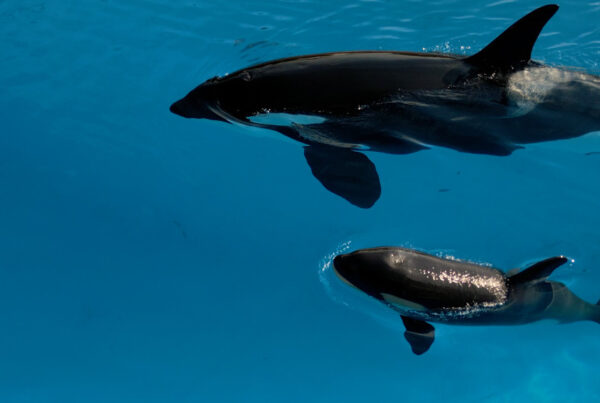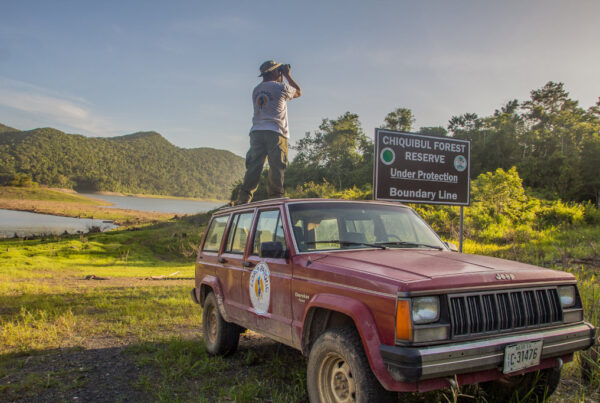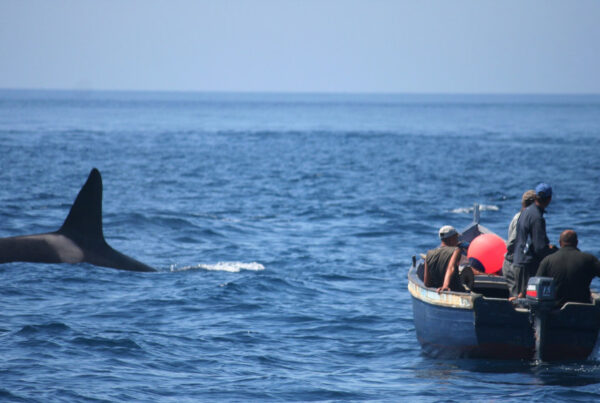
| Category | Land |
| Date | 2000 |
| Investment | 219.268,00$ |
LPF has focused on the study and conservation of this emblematic animal, which is fundamental to the balance of the forests. The projects have been mainly focused on breeding and habitat protection.
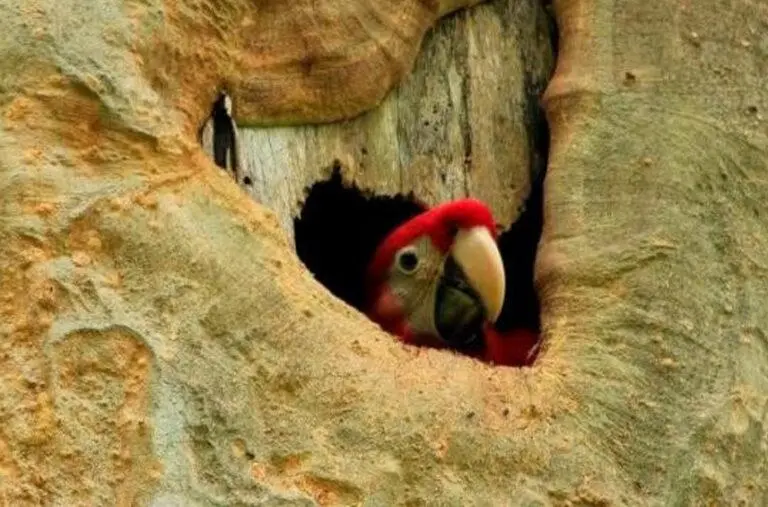
Scarlet macaw
Survival and management of scarlet macaw chicks in the Mayan Biosphere Reserve
The iconic scarlet macaw Ara macao is the most widely distributed of all macaw species, which helps it remain classified as Least Concern on the IUCN Red List of Threatened Species. However, the Mesoamerican subspecies Ara macao cyanoptera, which is distributed in southern Mexico, Belize, Guatemala, Honduras, and Nicaragua, is highly threatened by poaching and habitat loss, largely caused by intentional forest fires, cattle ranching and expanding human settlements.
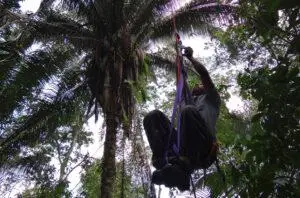
Some actions carried out as part of the project have included monitoring nesting and fledging rates of macaws at key nesting sites, as well as awareness-raising through environmental education involving local communities. Another strategy has been to remove the weakest chicks that usually die and take them to a station in the middle of the forest to raise them by hand and later reintroduce them into the wild in Guatemala’s Maya Biosphere Reserve.
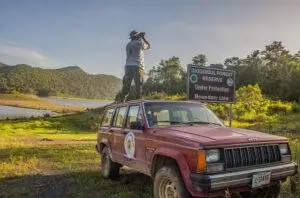
Thanks to these efforts wild populations have started to recover from a low nesting 1 chick per nest (2013) to 2 and 3 chicks (2018). This has been achieved in part to the surveillance of the nests that prevents poachers from stealing chicks. In addition, 47 chicks have been returned to the wild by 2021.
BLOG
News

